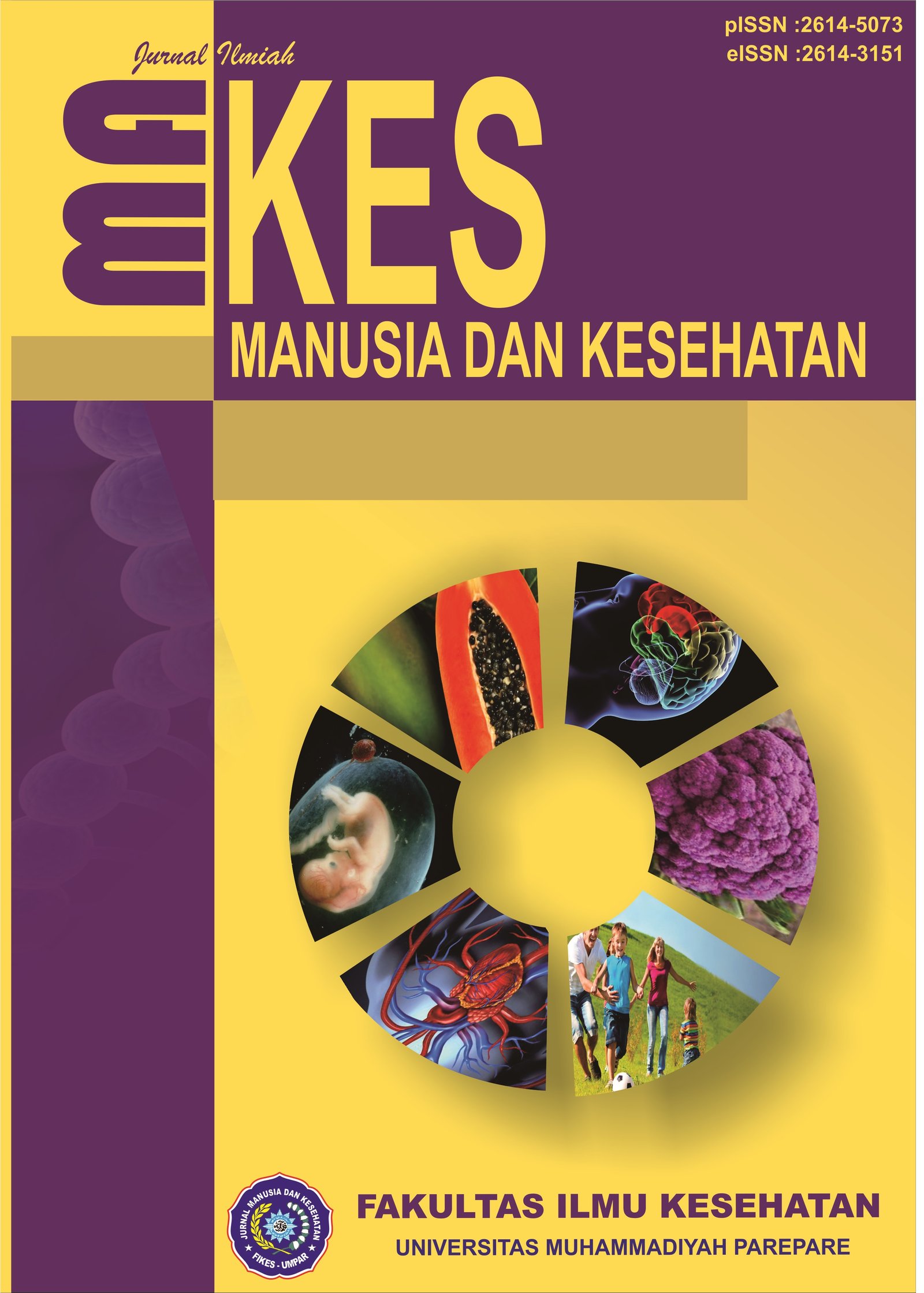Gambaran Profil Lipid Penderita Stroke Di RSUD Cut Meutia Aceh Utara Tahun 2022
Abstract
Stroke is a clinical sign that occurs quickly or suddenly in the form of a focal or global deficit in brain function, with symptoms lasting 24 hours or more or causing death, with no clear cause other than vascular causes. Stroke is classified into two, namely ischemic stroke and hemorrhagic stroke. One of the risk factors for stroke is dyslipidemia which can cause the presence of atherosclerotic plaque resulting in blockage of blood vessels in the brain, characterized by changes in the lipid profile, an increase in total cholesterol, LDL, triglycerides and a decrease in HDL. This study aims to determine the lipid profile of patients with ischemic stroke and hemorrhagic stroke at Cut Meutia General Hospital, North Aceh for the period January 2022-December 2022. This research method is quantitative descriptive with a cross sectional design. The sampling technique in this research used a total sampling technique. The results of this study showed that there were 183 ischemic stroke patients and 42 hemorrhagic stroke patients. The majority of stroke patients are male and the majority are aged 55-64 years. The lipid profile of ischemic stroke sufferers has desirable total cholesterol levels, low HDL, near optimal LDL, and normal triglycerides. The majority of hemorrhagic stroke patients have desirable total cholesterol levels, low HDL, slightly high LDL, and normal triglycerides. The conclusion of this study is that sufferers of ischemic stroke and hemorrhagic stroke experience a decrease in HDL levels and an increase in LDL levels





.png)
.png)
.png)

